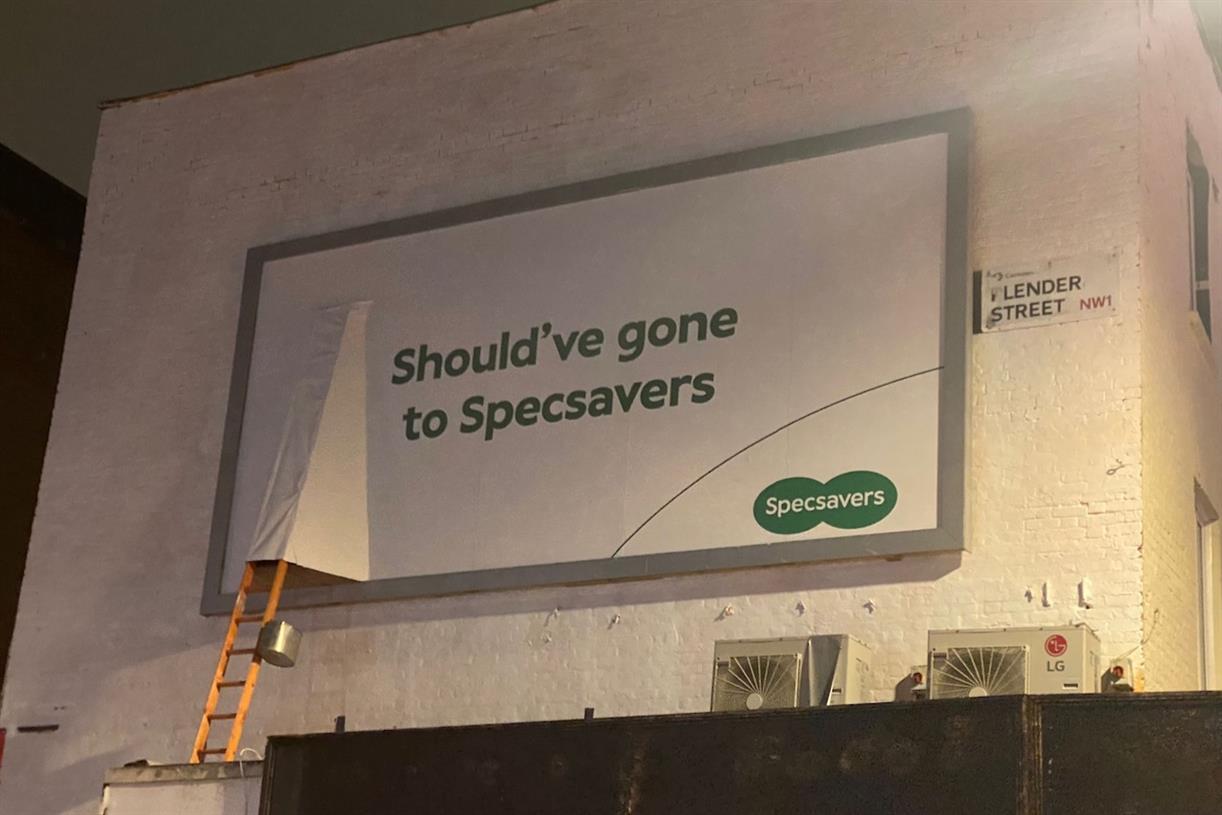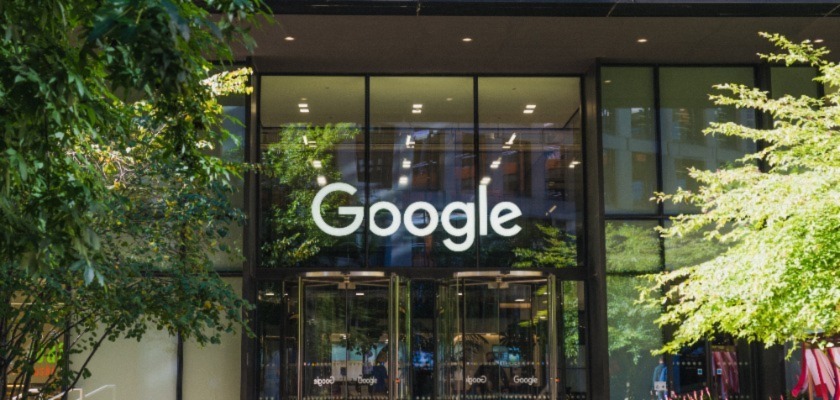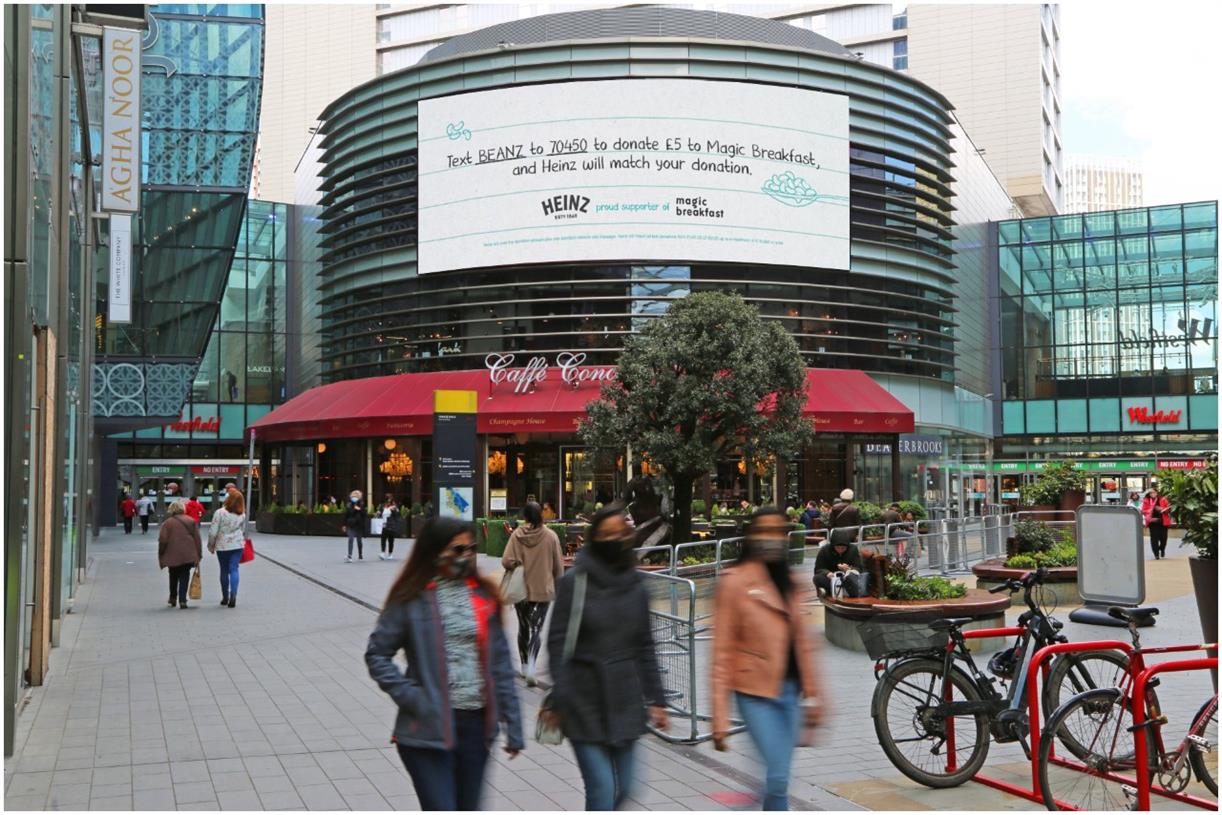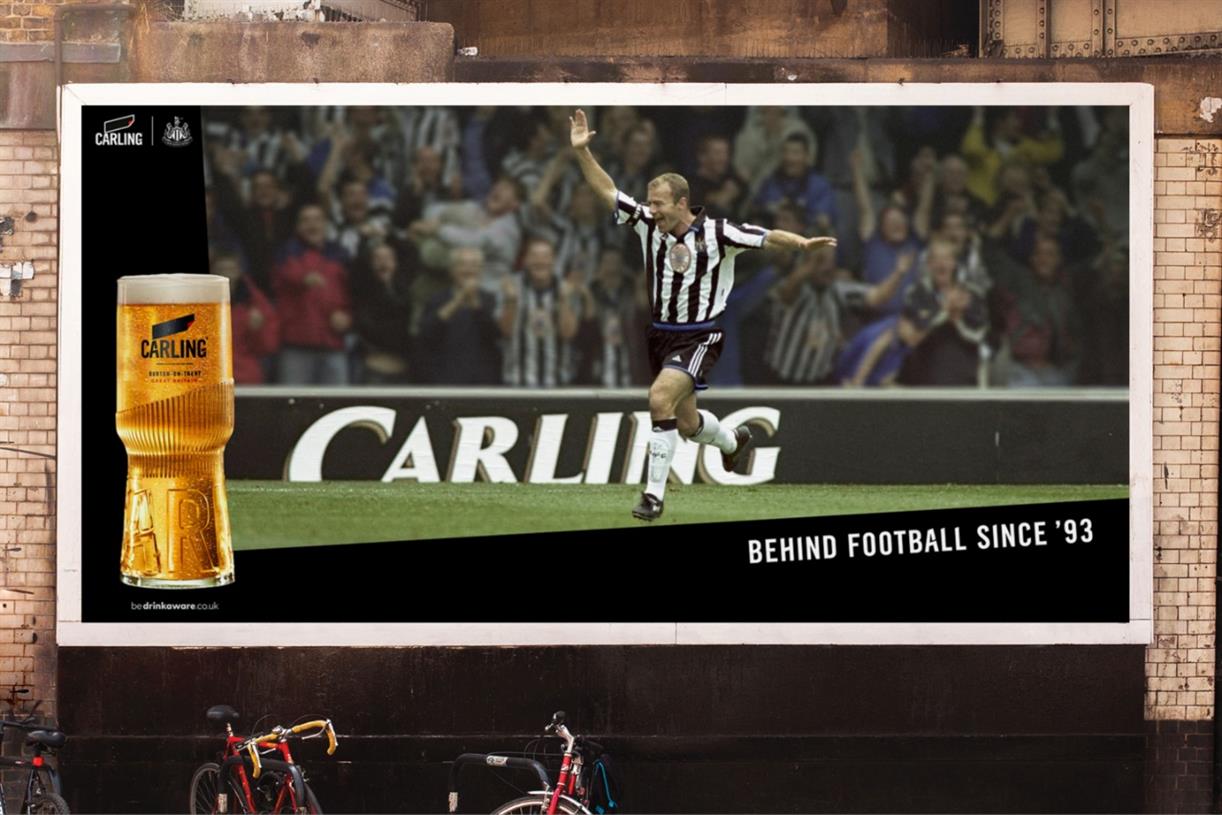Are Re-Engagement Emails Worth It? Spoiler: Yes, and Here’s Why
Learn how re-engagement emails work and how they can improve email subscriber engagement, lower e-commerce cart abandonment rates and more.

You’ve taken the time to capture customers’ attention and signed them up for your email newsletter. This is a great way to keep in contact with your audience so they remain attentive and loyal. Inevitably, however, some of those email subscribers will lose interest and stop interacting. What then?
When business-as-usual communications like email newsletters aren’t working like they used to, it’s time to cook up some content specifically designed to get inactive subscribers’ eyeballs back where they belong: on your brand.
It’s time to send a re-engagement email.
The exact form of your re-engagement email will differ depending on whether you’re a business-to-consumer (B2C) or business-to-business (B2B) company, as well as the interests and preferences of your unique audience. The overall goal is always the same, however: Re-engagement emails are meant to reinvigorate a customer connection that has lost its spark.
Email Re-Engagement: What It Is and How It Works
Every company that engages directly with its customers hopes that those customers will respond in kind, clicking through links and coming back to shop with the business again. Re-engagement emails are for the other customers.
The targets of re-engagement messages may have subscribed to a mailing list, but stopped opening or interacting with the messages they’re receiving. Or they might have started making an e-commerce purchase but didn’t finish it. Companies use re-engagement email campaigns to shake up the normal communication cadence and turn at least some of these disengaged customers and dormant subscribers back into active participants.
Businesses can reach out with special offers, new subscription options, specially targeted messages and more. At best, they’ll stoke engagement without the effort that goes into finding new leads.
Even if the email campaign doesn’t work, the company has gathered useful intelligence about what customers are interested in. This is a source of knowledge marketers shouldn’t take for granted. The Content Marketing Institute asked B2B marketers about the metrics that provided insight into the overall performance of their content. Nearly two-thirds, 64%, said email engagement is a useful indicator.
Remember: Some Disengagement Is Natural
Before getting started on a re-engagement email strategy, it’s important to acknowledge that you can’t bring everyone back. Flodesk pointed out a few legitimate reasons why unengaged subscribers stop interacting with brands:
The passage of time has changed the customers’ circumstances, and the products aren’t relevant anymore.Customers are connecting with the company through another channel, and are ignoring email.Subscribers simply want fewer marketing emails, so they’re not engaging with as many companies anymore.In these cases, it’s better to simply cull those lapsed subscribers from the mailing list, therefore making the email list a more accurate representation of engaged customers.
However, as Flodesk added, there are cases when a brand can change up its tactics and win an inactive customer back. This is where re-engagement emails shine.
Subscribe to
The Content Marketer
Get weekly insights, advice and opinions about all things digital marketing.
Thanks for subscribing! Keep an eye out for a Welcome email from us shortly. If you don’t see it come through, check your spam folder and mark the email as “not spam.”
How Re-Engagement Works
Re-engagement emails break up the normal cadence of communication, serving as a break from something that isn’t working. They are designed to speak directly to a customer’s interests, so that person will return to the fold. There are a few types of re-engagement tactics, each with its own approach:
1. Encouraging a Customer To Complete an E-Commerce Transaction
Cart abandonment in e-commerce is a major problem. Fresh Relevance found in its Q2 2021 report that customers abandon their carts at a rate of 59.2%. Immediately following up with these shoppers through an automatic email can win some of them back. Maybe they forgot about the items, or perhaps the message will remind them why they wanted it in the first place.
2. Re-Engaging an Inactive Subscriber
Has a customer signed up to receive emails from your company, but not engaged with the links in those emails? In that case, it’s time to launch a more thorough re-engagement campaign, compared to abandoned cart email. It could begin with a direct question about whether the person wants to keep receiving emails, an offer to modify subscription settings or a free gift or coupon.
3. Deepening an Interaction With a Customer
Not every re-engagement campaign is about winning over a customer who has stopped communicating with a brand. Sometimes, it’s beneficial to be proactive and ask follow-up questions of someone who has clicked a link in a previous email. This is a way to gather feedback and keep the company top of mind, as kind of a preemptive effort to prevent disengagement.
While each of those objectives is different, the approach to achieving them is basically the same: The company sends a well-crafted email outside of its normal pattern and, ideally, gets a response.
Due to the prevalence of email marketing automation platforms, there is not much overhead associated with sending out messages. This means email re-engagement can be a low-risk tactic that yields potentially great rewards.
Examples of Successful Re-engagement Emails
Re-engagement emails work when they earn attention. This is broadly true of any email communication, but when it comes to re-engagement, awareness is absolutely critical. The email subscriber or e-commerce customer in question hasn’t been doing something the company wants, so this new message is designed to bring them back before their attention wanders further.
So, what are some examples of messages that have piqued recipients’ interest?
The Old Farmer’s Store
The situation: The company sent an email recommending aprons in its e-commerce store. The recipient clicked on one of the aprons to learn more, then didn’t follow through on buying it.The response: A few hours later, The Old Farmer’s Store sent a second email, this time directly asking the shopper to “take another look” at the apron in question with the subject line “We love what you found”.
Craftsy
The situation: A customer was browsing the Craftsy website, but didn’t engage with the company’s services, due to an unwillingness to pay the price to use them.The response: The site sent out a re-engagement email saying that the customer’s browsing “makes us feel pretty special,” and included a discount code.
Xero Shoes
The situation: A shopper signed up for the Xero Shoes newsletter, but did not purchase any products from the company.The response: Xero’s re-engagement email combined an eye-catching subject line (“my apologies… :-(“) with two different discount offers, as well as the honest admission that the company was sending the email because the subscriber had not read its recent emails.
The messages in each email example are designed to work on a different time frame, and they offer a range of enticements to encourage re-engagement. The first represents a quick hit to keep a transaction going, while the latter two are customer appreciation emails designed to drum up business with discounts and offers. The third combines that appeal with the must-click factor of a bold headline.
By mixing and matching email marketing strategies, companies can turn all types of situations into opportunities to re-engage customers and create engaged subscribers, building their own email success stories.
Best Practices for Email Re-Engagement
Creating a re-engagement email is not the same as crafting a standard email. After all, the objective of a re-engagement campaign is to get a different reaction than what the recipient has shown so far. That means the business has to switch up its approach to reclaim customers’ attention.
What are some tactics that can elevate a re-engagement email and get results?
Don’t send anything without a compelling headline: As Industrial Marketer pointed out, the headline of a re-engagement email is essentially the most important part. Without a headline that encourages a click, the actual content of the message won’t be read, and as such is meaningless. Industrial Marketer suggested being professional and straightforward in B2B spaces, with B2C campaigns leaving more room for emotion, such as saying “I miss you” directly in the text.Pick your moment to follow up: How long is long enough to wait for a customer to respond or act before you send a re-engagement email? According to GetResponse, that depends on what type of action you’re looking for from the recipient. For example, more than 50% of emails will be opened within 6 hours, so if a company is running a limited-time promotion, the 6-hour mark is a fine moment to reach out to customers who haven’t acted yet. In longer-term situations, GetResponse recommends waiting a day or more, or simply not responding in all cases. Not every disengagement demands an immediate re-engagement.Use what you know about customers: There is one tactic that applies to all forms of email marketing. Namely, sending relevant content. Effective email campaigns are based on audience segmentation, giving offers and recommendations that will resonate with segments of the customer base. Re-engagement campaigns should be the same. Impersonal or irrelevant email blasts aren’t appreciated the first time around, so they don’t stand much chance of winning over a disengaged subscriber.A successful re-engagement campaign uses key features of email marketing, such as tailoring content to maximize open rate, picking the right send interval and targeting customers based on their interests. It simply dials these approaches up to make sure the emails are especially compelling and able to serve their purpose.
How We Use Re-engagement Tactics in Email Campaigns
As a content marketing agency, Brafton has helped clients design a variety of email marketing strategies, and these include re-engagement offerings. The following are a few specific tactics we’ve employed to reconnect companies with their customers, across a variety of industries and scenarios:
Quick follow-up for feedback: This approach applies when a customer has clicked through to a piece of content, such as an eBook they requested. It asks for a customer opinion on the deliverable. That, in turn, is a good prompt to gather some insights from the recipient. Additionally, if they haven’t looked closely at the content, it could encourage them to check it out.Unopened email follow-up: A more direct form of re-engagement than a follow-up to an opened email, this line of action is basically a do-over. When a customer has engaged with content in the past but not checked out a recent email message, this is just a reminder to take a look.Direct request for reply: If a company is looking for a specific response from a client who has been out of touch for a while, sometimes the best approach is to be direct. Rather than a marketing email with links to click on, the business can send a message asking for the recipient to write back directly.Newsletter email subscriber survey: This type of email can re-engage people who have not been interacting with scheduled emails. It gives them a chance to voice their opinions about what they would like to see differently in the future.Straightforward re-engagement campaign: When a customer has been out of touch for a while, the best way to check-in can be via an email that asks, in the subject line, whether that person still wants to receive emails. If they say yes, it’s a direct re-engagement with the brand, and if not, it’s a sign to cull a lapsed customer. In either case, the recipient may appreciate that the company is giving a chance to opt-out, not clinging.New subscription type offer: A variation on the newsletter subscriber survey, this kind of email gives customers the chance to subscribe to a new and different newsletter from the same sender. It’s a good tool for reaching once-active subscribers who have recently not been as responsive.Giveaways and offers: A little incentive can be just what a customer needs to take a second look at a company. Of course, the giveaway or coupon should have value and be tied to the recipient’s interests, or else it will end up seeing the same fate as all the other communications the customer has been ignoring.These are just a few of the re-engagement tactics available. Any company can set its own terms of re-engagement, based on what matters to that business. Cart abandonment, a lack of engagement, a change in account status — any trigger can earn an email response.
As long as a company has accurate customer data, a well-thought-out email marketing strategy and the technology to support its efforts, there’s nothing stopping that business from re-engaging its inactive email subscribers. Next time you’re worried about your own audience slipping away, ask yourself if there’s a message that could lure people back.

 Tekef
Tekef 










_10.jpg)





















